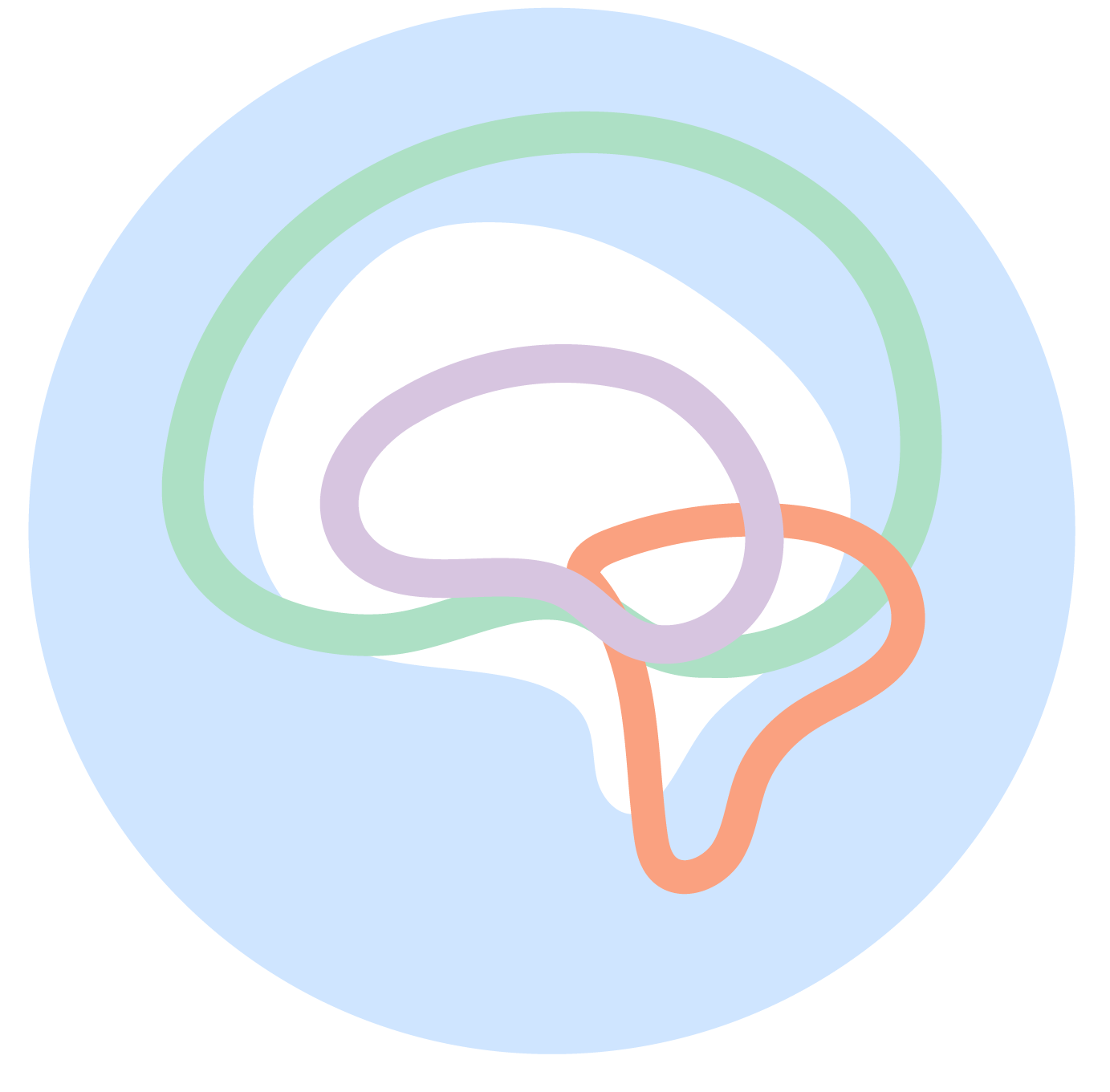World Suicide Prevention Day
September 10th is World Suicide Prevention Day
Social stigma and lack of awareness of the issue are still significant obstacles for people accessing the mental health care they need. Evidence-based suicide prevention measures have also shown that suicide can be prevented when there is a widespread understanding of mental health across communities, organizations, and even policymakers. That is why every year, communities around the world come together to raise awareness about suicide prevention.
Stats and Facts
Warning Signs and Risk Factors
Here are a few warning signs of suicidal ideations [NAMI]:
Increased alcohol and drug use
Aggressive behavior
Social withdrawal (such as from friends, family, and community)
Dramatic mood swings
Impulsive or reckless behavior
Here are a couple of suicidal behaviors [NAMI]. Note: suicidal behaviors are considered a psychiatric emergency. Seek immediate help from a healthcare provider or call dial 988 for the Suicide and Crisis Lifeline.
Collecting/saving pills
Buying a weapon
Giving away possessions
Tying up loose ends, like organizing personal belongings/spaces, paying off debts, etc
Saying goodbye to friends and family
Many environmental and genetic variables can put certain people at a higher risk of suicide. Here are a couple of risk factors [NAMI]:
A family history of suicide
Substance use: Drugs can lead to mental highs and lows that exacerbate suicidal thoughts.
Intoxication: 1 in 5 people who die by suicide had alcohol in their system at the time of death (CDC)
Access to firearms
A serious or chronic medical illness
Gender: Men are 4x more likely to die by suicide.
A history of trauma or abuse
Prolonged stress
A recent tragedy or loss
Supporting Others in a Crisis
Crises do happen, and there are many ways you can prepare. Here are some things you can do to take action in case you or a loved one is experiencing a mental health crisis:
If you or someone you know is experiencing a mental health crisis, call or text 988 immediately.
If you are uncomfortable talking on the phone, you can chat the Suicide & Crisis Lifeline at 988lifeline.org.
When approaching a suicide-related crisis, it’s common for friends and family to be caught off-guard and unsure of what to do. Here are a few ways to approach a crisis:
Remove means such as guns, knives or stockpiled pills
Calmly ask simple and direct questions, like “Can I help you call your psychiatrist?”
Be patient. If there are multiple people around, have one person speak at a time
Express support and concern. If you’re nervous, try not to fidget or pace
Don’t argue, threaten or raise your voice. Don’t debate whether suicide is right or wrong
The NAMI also suggests making a Wellness Recovery Action Plan so that you or a loved one can be prepared if a crisis ever happens. It’s important to include helpful information
Phone numbers for your loved one’s therapist, psychiatrist, and other healthcare providers
Phone numbers of Emergency Contact Person(s)
Local crisis line number and The National Suicide Prevention Lifeline: 988
Addresses of walk-in crisis centers or emergency rooms
Your loved one’s diagnosis and medications, history of drug use
Previous psychosis or suicide attempts
Triggers
Things that have helped in the past
How to Observe World Suicide Prevention Day
Reach Out to Others
Reach out to people who may need help. Whether it’s someone you know personally or a stranger, simple gestures can have a lasting positive effect and act as a reminder that you’re there for them. Get to know the warning signs of suicide ideation and risk factors so we can take action early on.
Here are some ways you can start a conversation (from Samaritans)
Choose a good time, and somewhere without distractions
Use open questions that need more than a yes/no answer (ie: ‘How are things, I’ve noticed you don’t seem quite yourself?’)
Listen well. ‘How’s that making you feel?’
Avoid giving your view of what’s wrong, or what they should do
Discuss and Spread Awareness
Talking about suicide is a crucial first step in the right direction. Social stigma portrays the idea that mental health issues should remain hidden. Mental Health issues thus become associated with shame and guilt and often exacerbate the barriers to seeking help. Instead, find ways to discuss the issue with others! You can participate in group discussions or panels, engage in anti-stigma social media campaigns, or even talk about it with your friends and family.
Knowledge is Power—Search for Resources
The main objective of World Suicide Prevention Day is to raise awareness about suicidal behaviors and ways to effectively prevent them. During this time, many organizations provide resources for people to learn more about this issue. You can also engage with books, films, documentaries, and other forms of media to learn how suicide affects individuals across the world. Check out some of the resources below to get started.







